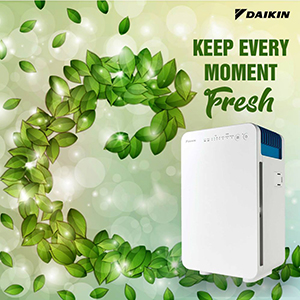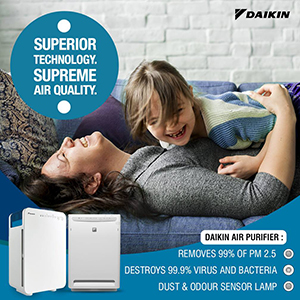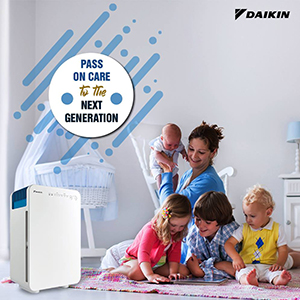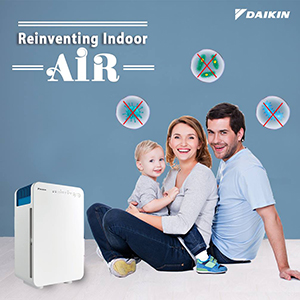
More than half of the world's population lives in urban areas. It is estimated that by 2030 there will be 41 megacities and most of them will be located in developing countries. The megacities in India (Delhi, Mumbai, and Kolkata) collectively have more than 46 million inhabitants. Increasing population and prosperity resulting in rapid growth of the already large consumption of energy and other resources, contributes to air pollution. Megacity pollution outflow plumes contain high levels of criteria pollutants (e.g., particulate matter, SO2, and NOx), greenhouse gases, ozone precursors, and aerosols; which can affect the atmosphere not only on a local scale but also on regional and global scales.
Decreasing trends of SO2 have been observed for all three megacities due to decrease in the sulphur content in coal and diesel. However, increasing trend for NOx has been found in the three megacities due to increase in number of vehicles registered and high flash point of CNG engines which leads to high NOx emission. In terms of SPM and PM10, highest emissions have been found in Kolkata whereas highest ambient concentrations are found in Delhi. For Mumbai and Kolkata fluctuating trends of SPM concentrations were observed between 1991 and 1998 and were stable afterwards till 2005, whereas for Delhi, a fluctuating trend was observed. However, several steps have been taken to control air pollution in India but there is a need to focus on control of non-exhaust emissions including municipal solid waste and biomass burning in the megacities and surrounding areas.

With air pollution becoming a health hazard, there is very little that citizens can do to immediately address the problem and this is where air purifiers come into play. In the recent years, the air purifiers market has witnessed a hike in demand fueled by degrading air quality and increasing concern toward health issues. The industry is developing at a high pace, owing to increasing environmental norms pertaining to improving the air quality and technological advancements made in this field such as the recent implementation of high-efficiency particulate air (HEPA) filters.

Despite the various technological developments, air purifiers have been perceived as a luxury item, owing to the high installation and maintenance cost. However, the competition in the air purifiers market is rising, which is bringing down the prices, and with the growing disposable income, air purifiers are gradually being perceived as a utility product, specifically in the residential sector. Moreover, the demand for air purifiers is no longer limited to residential and industrial uses; recently, the commercial market has also opened up for the air purifiers industry.
Due to increasing air toxins from industries, air quality control regulations have increased, worldwide. Automotive, chemical, coal, cement, and thermal industries are the primary sources of deteriorating air quality. These industries are expanding at a robust pace, and so is the pollution concern. In the recent years, industrial air pollution caused 4.2 million deaths worldwide, primarily due to respiratory diseases and lung cancer. Several efforts taken by the government in controlling pollution levels are anticipated to create awareness among the public to lead a healthier lifestyle and adopt cleaner air quality conditions. Air purifiers aid in the removal of air pollutants and assist with cleaning and purifying the air that is circulated in the surrounding environment. Therefore, air purifiers are gaining momentum in both commercial and residential environments.
Asia-Pacific has been a catalytic driver in the demand of the air purifiers market. In developing nations, such as India and China, the industrial revolution is at its peak, which is expected to drive the demand for air purifiers in both nations. India is all set to experience an increase in air purifiers demand as the air quality level in Delhi rose to 460 parts per million (PPM) in 2017 according to World Health Organization (WHO) reports. Also, the Make in India initiative taken by the Indian government to make India a manufacturing hub is expected to further degrade the air quality standards. India is all set to experience an increase in air purifier demand as the air quality level in Delhi rose to 460 PPM in 2017 according to WHO reports. The Indian air purifiers market is projected to grow at a CAGR of more than 28 percent by 2023.

The need for more R&D and appropriate regulatory environments is a prerequisite for sustained growth of this market. Various government and private research institutes, and regulatory bodies and associations are putting in substantial efforts to identify how air purifiers can be manufactured with advanced filter technologies and with higher efficiency to curb the intake of air pollutants present in the indoor air. Some of the major companies are focusing on technological innovations through heavy R&D investments for the development of integrated filter technology and silent bedroom air purifiers. Aggressive marketing strategies by air purifier companies, increasing incidences of airborne diseases, and aspiration to lead a healthier lifestyle are anticipated to boost demand in India.

Committed to the cause, Daikin India is keeping air pollutants at bay with its next-generation air purifiers that work silently and ensure that you and your loved ones get the freshest and healthiest air possible. Daikin air purifiers come with state-of-the-art features such as streamer discharge technology, dust and odor sensor lamps, plasma dust collection, power-saving inverter, turbo mode, and a lot more. Its six-stage filtration process guarantees enhanced air cleaning all the time. Hence, serving the benchmark for air quality, Daikin air purifiers let you to lead a healthy and pollution-free living.

